In recent years, the application processors and SoCs used in consumer electronics have become more and more efficient, and consumers also hope that electronic products will have longer working hours. To this end, Power Management IC (PMIC) designs are beginning to evolve toward high integration, efficiency, and flexibility.
Roger Yeung, senior marketing manager at Maxim Integrated, said that more and more consumer electronics products use high-performance processors to meet the needs of virtual reality (VR), augmented reality (AR), e-sports, depth/machine learning, etc. The need for efficiency and downsizing is also increasing. Therefore, in the design of PMIC products, not only high integration, high efficiency and high flexibility, but also high robustness, low power consumption, easy design, and low cost are required.
Yeung pointed out that to achieve high integration, the entire IC will have many groups of Channels. To control the timing of each set of Channels, the basic approach is to add a MCU, but this also makes the design and operation more complicated, therefore, Maxim Integrated uses the FPS instead of the MCU for Timing control, in this way, in addition to reducing the operational complexity, and because the control is mainly responsible for the FPS, it is not necessary to add the MCU, thus reducing the design difficulty and speeding up the time to market.
Yeung stated that, in summary, electronic products continue to develop toward high computing, small size, and low power consumption, and PMICs must therefore have higher integration, higher efficiency, and higher flexibility. PMIC suppliers have been working on developing next-generation solutions this year. For example, Maxim Integrated has recently introduced a new generation of high-performance PMICs "MAX77714" and "MAX77752" for AR/VR, e-sports, drones, and machines. Learning and other fields to meet market demand.

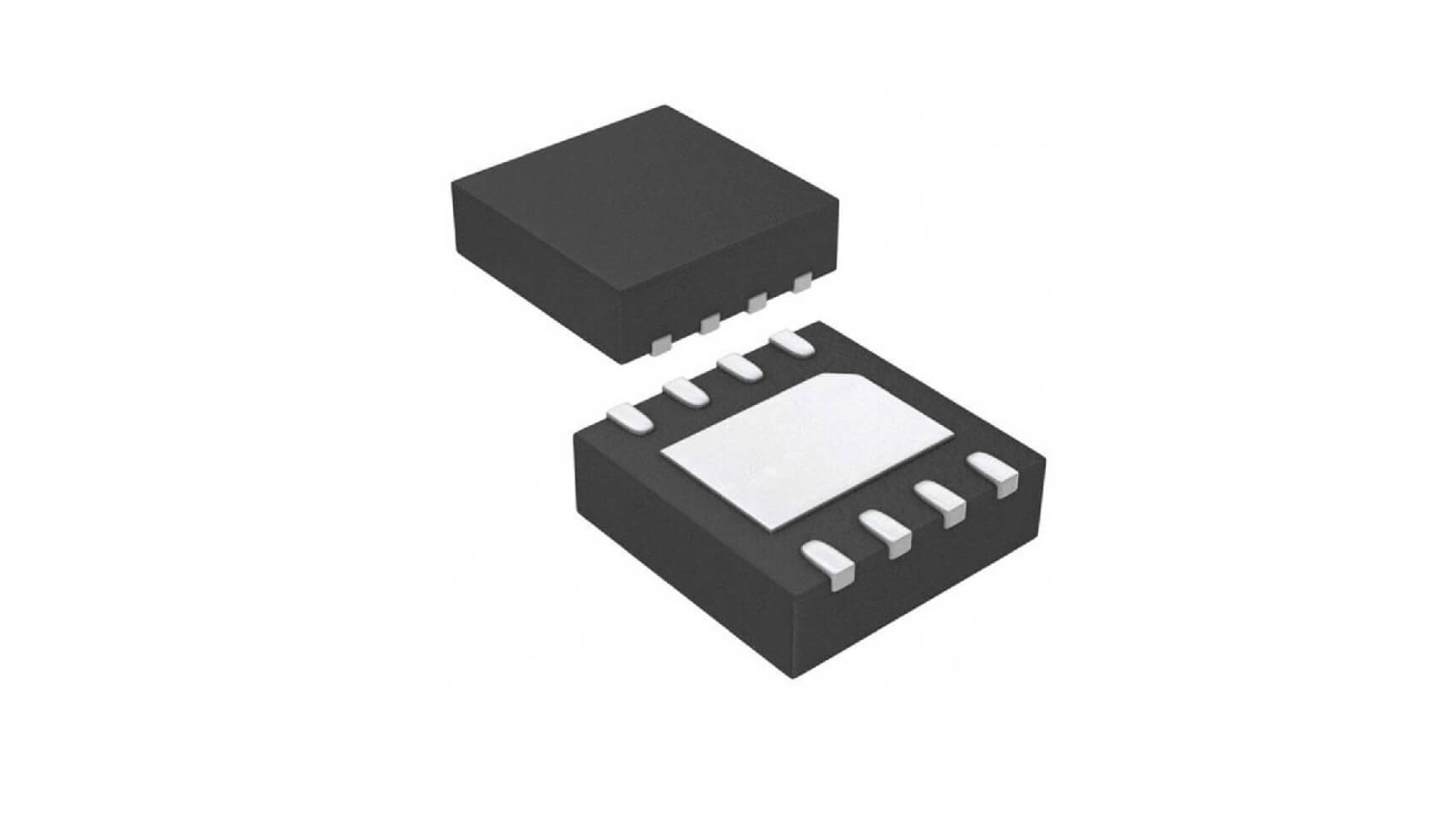






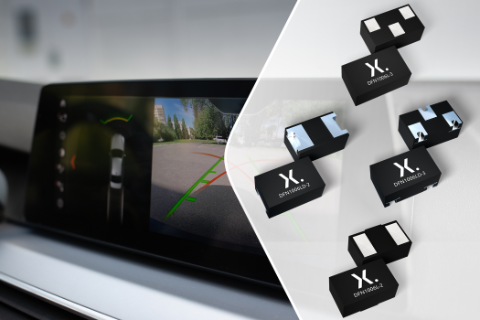
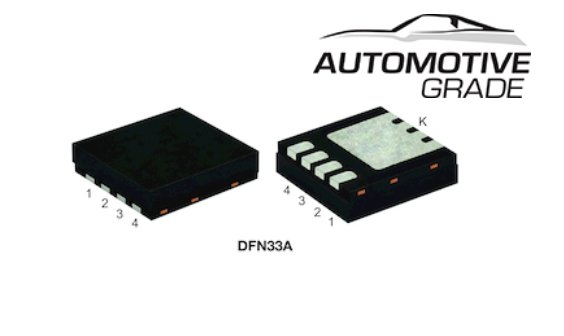
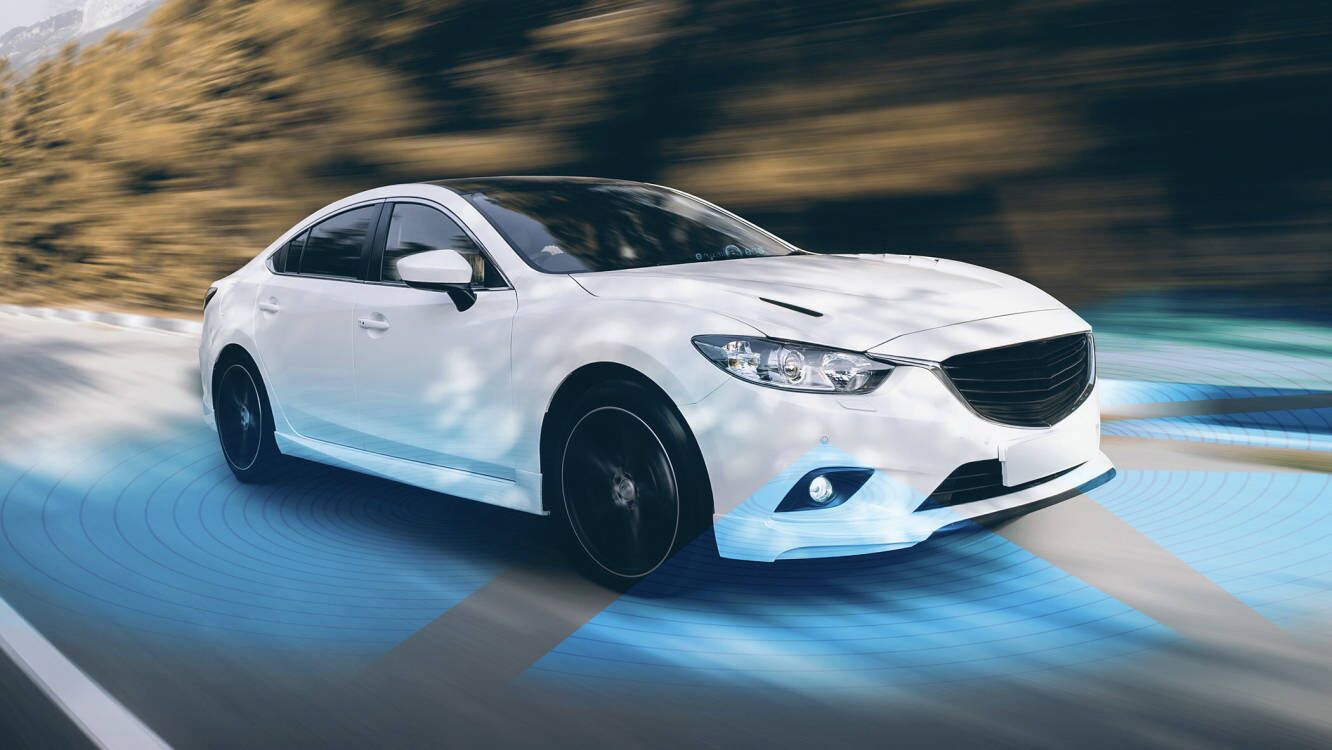
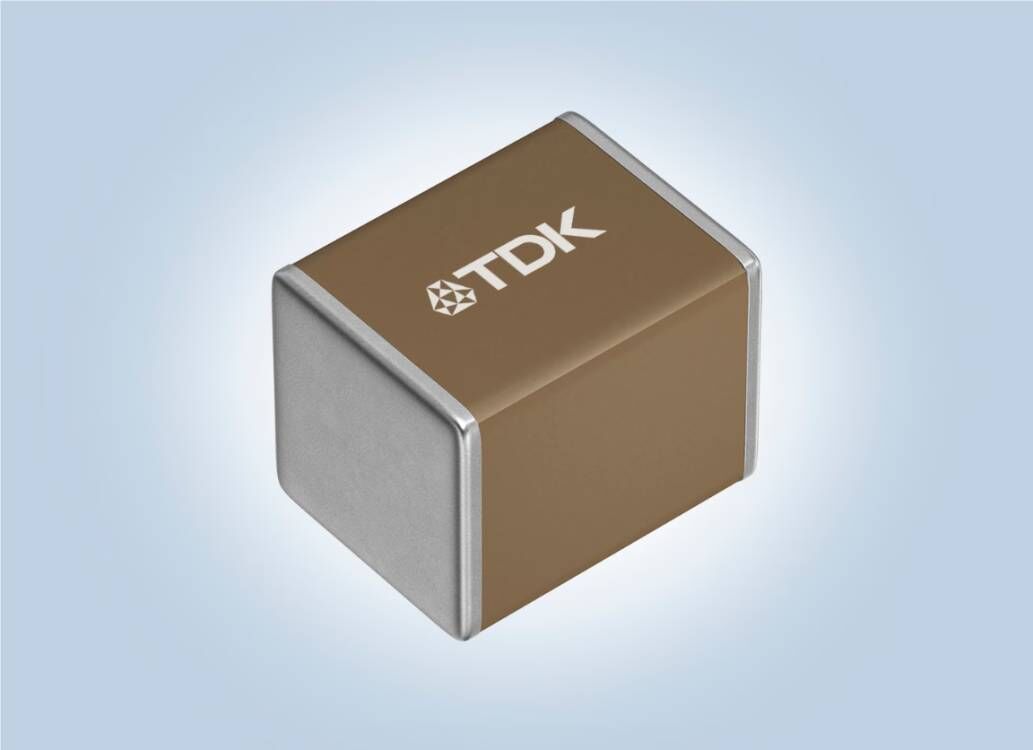
All Comments (0)